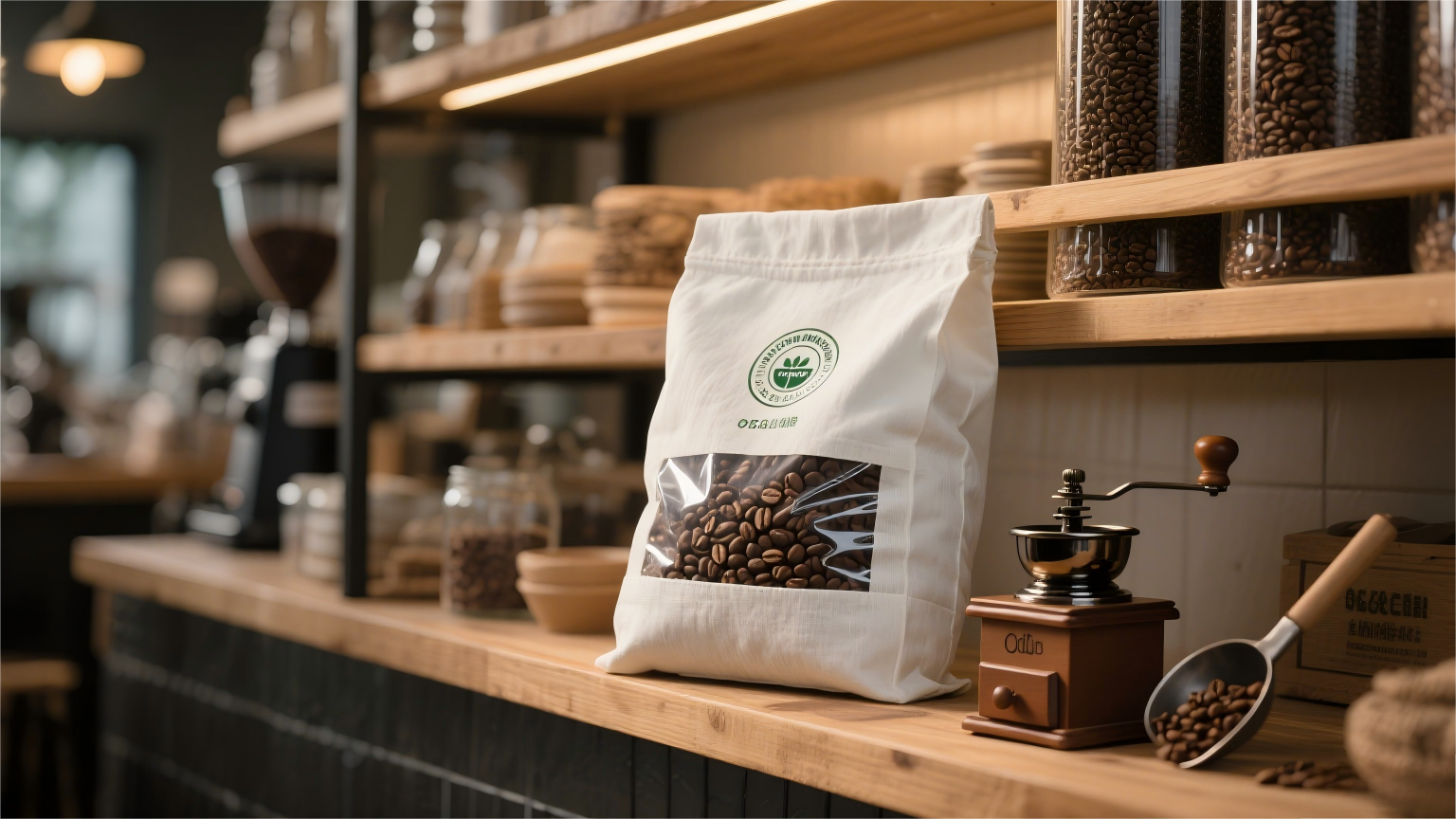In modern furniture manufacturing, edge banding not only affects the visual appearance of furniture but also directly impacts its service life. With the diversification of panel materials and user requirements, traditional hot-melt adhesives are prone to delamination or edge lifting under high temperature and humidity. PUR structural adhesive (Polyurethane Reactive Hot-Melt Adhesive), with its outstanding performance, has become the preferred choice in edge banding processes. This article will analyze the advantages of PUR structural adhesive in terms of heat resistance, moisture resistance, and durability, and provide specific furniture edge banding cases and process recommendations for reference.

Furniture often encounters high-temperature conditions, such as cabinets exposed to direct sunlight or kitchen countertops. PUR adhesive forms a three-dimensional cross-linked structure through reaction with moisture in the air, maintaining stable bonding even under high temperatures.
Case Study:
A kitchen cabinet manufacturer replaced traditional hot-melt glue with PUR adhesive. After 72 hours at 50°C, no edge lifting or delamination occurred.
Panel materials, including PVC laminates, melamine boards, and veneered panels, all demonstrated excellent thermal stability.
Process Recommendations:
Temperature Control: Preheat the edge banding machine to 180–200°C to ensure the PUR adhesive melts fully without decomposition.
Pressing Time: Adjust the pressing time according to panel thickness, typically 1–2 seconds per millimeter, to ensure adequate bonding.
Furniture in kitchens, bathrooms, or humid regions is often exposed to moisture, which can cause swelling, edge lifting, or mold growth. PUR adhesive reacts with moisture during curing to form a dense polyurethane network, providing excellent moisture resistance.
Case Study:
A high-end bathroom cabinet production line used PUR adhesive. After 72 hours at 85% relative humidity, no bubbling, cracking, or edge lifting was observed.
Veneered wooden panels maintained smooth edges during long-term wet-heat cycling tests, with no moisture penetration.
Process Recommendations:
Panel Drying: Maintain panel moisture content between 8–12% to ensure uniform curing.
Even Pressure: Use roller pressure controllers to apply uniform pressure during edge banding, preventing local moisture intrusion and poor adhesion.
Furniture is a long-term product, and durability directly affects customer satisfaction and brand reputation. The cross-linked structure formed after PUR adhesive curing is not only strong and wear-resistant but also withstands long-term use and external impact.
Case Study:
An office furniture manufacturer conducted continuous simulated moving and pressing tests. Panels bonded with PUR adhesive did not delaminate, showing over 50% higher edge bonding strength compared to traditional hot-melt glue.
For children’s furniture and high-frequency use furniture, PUR adhesive significantly improves durability and safety.
Process Recommendations:
Material Compatibility: PUR adhesive is suitable for PVC, ABS, wood veneer, and melamine edge banding materials.
Curing and Post-Treatment: Ambient curing for 24 hours achieves optimal strength. Light polishing can be done if needed to ensure smooth and aesthetically pleasing edges.
| Advantage | Application | Process Recommendations |
|---|---|---|
| Heat Resistance | Kitchen furniture, sun-exposed cabinets | Edge banding machine temperature 180–200°C, adjust pressing time accordingly |
| Moisture Resistance | Bathroom cabinets, furniture in humid environments | Panel moisture content 8–12%, apply uniform pressure |
| Durability | Office furniture, children’s furniture | Compatible with PVC/ABS/veneer, cure 24 hours, optional polishing |
The advantages of PUR structural adhesive in furniture edge banding extend beyond heat, moisture, and durability. With proper process control, it ensures furniture edges are beautiful, firm, and long-lasting.
For manufacturers, using PUR adhesive reduces rework and improves production efficiency.
For consumers, furniture with strong edge bonding has a longer lifespan, enhancing overall satisfaction.
Through practical cases and optimized processes, PUR adhesive has become an indispensable material in modern furniture edge banding.